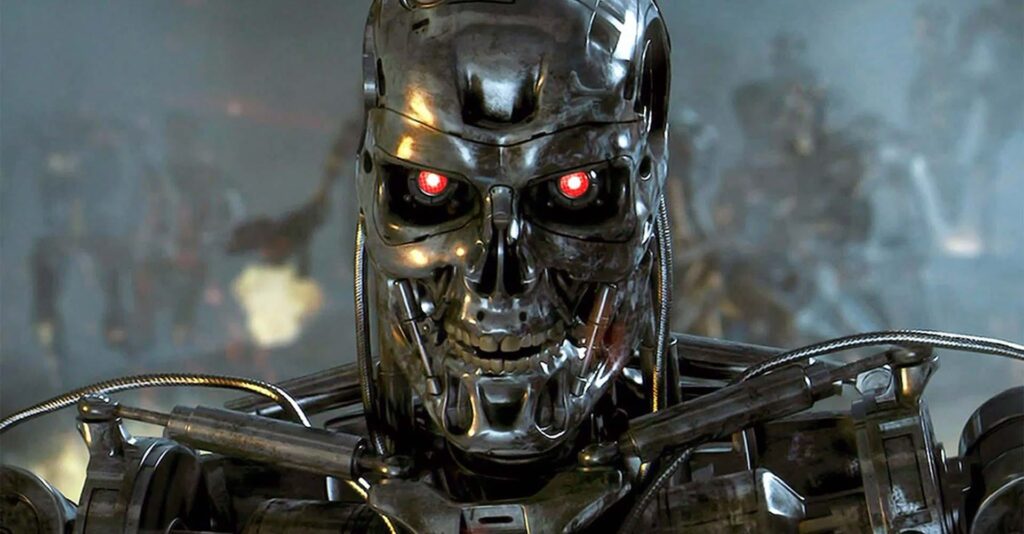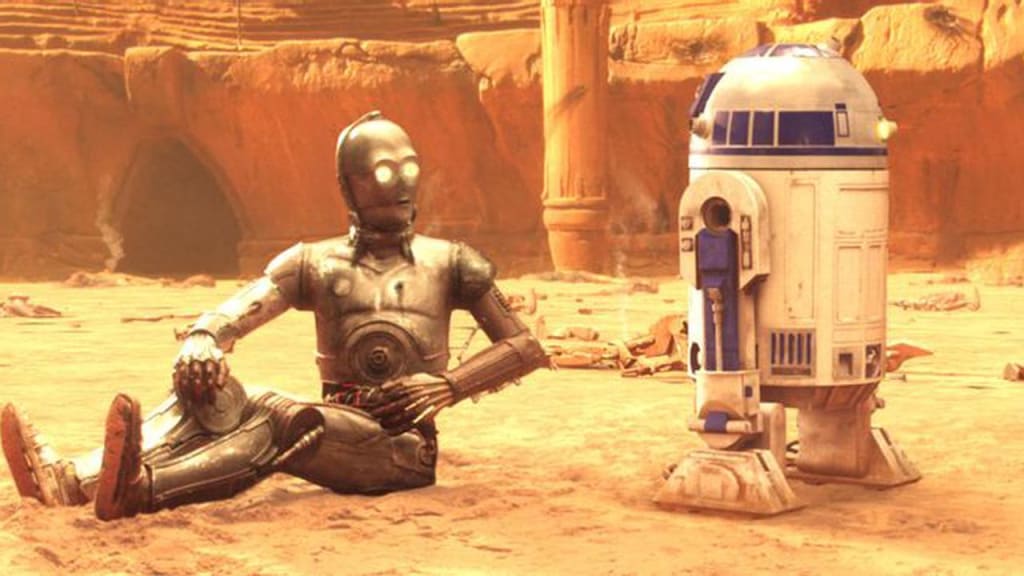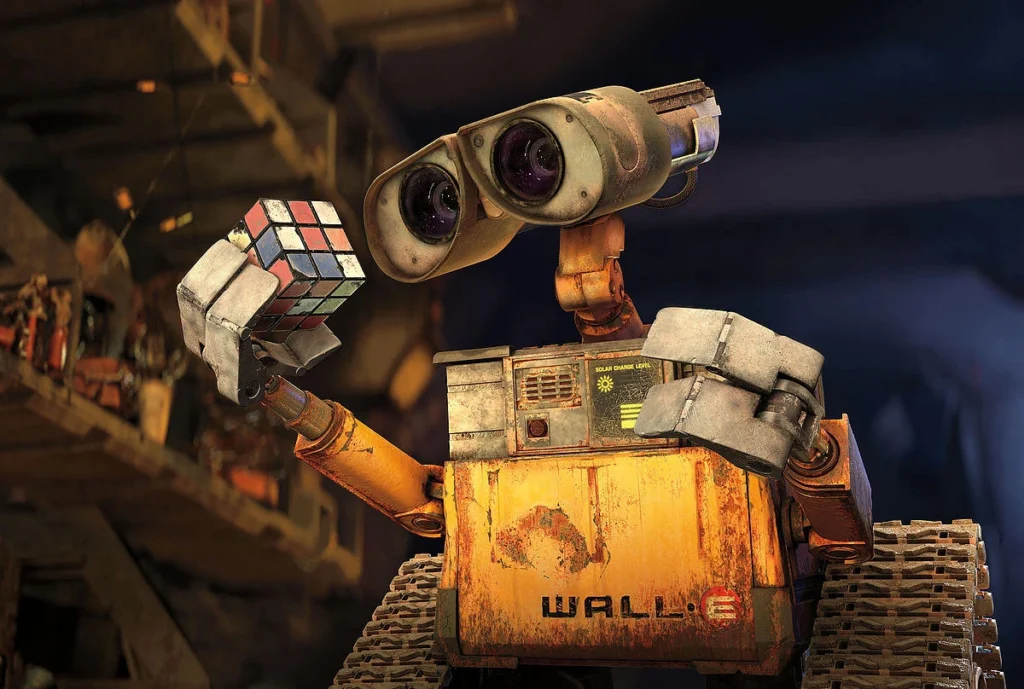When most people picture a robot, they’re not imagining the ones navigating warehouses or assisting in operating rooms. They’re picturing the ones in movies: killer machines, loyal sidekicks, or cute companions.
Hollywood has made robots some of its most iconic characters. But those robots aren’t built to be realistic, they’re built to serve the story. Over time, though, those portrayals have shaped how people expect robots to look and act.
Here’s how robots have appeared on screen, what those portrayals may have gotten wrong, and the truths they still managed to capture.
Villain Robots

Source: Medium
In films like The Terminator and The Matrix, robots and AI are often cast as threats: machines that “wake up” and decide to overpower their creators.
Why is this inaccurate? The robots in use around the world today don’t make decisions about their purpose. They operate inside strict boundaries defined by hardware and software. For example, an autonomous mobile robot in a factory uses LiDAR, cameras, and mapping algorithms to navigate aisles safely. It cannot suddenly decide to leave its task and do something else. Its entire system is built around collision avoidance, navigation, and route optimization. The same goes for surgical robots, which precisely follow a surgeon’s commands. Autonomy in robotics means adapting within parameters, not rewriting goals.
What does this reveal? These stories reflect a real unease: once technology becomes widespread, people wonder about control. In robotics, that is why redundancy, safety protocols, and regulatory standards are built in. The focus is on making systems consistent and dependable, not unpredictable.
Sidekick Robots

Source: Vocal Media
Not every robot in Hollywood was portrayed as a threat. Many were written as loyal helpers, like Rosie in The Jetsons, a household maid who could cook, clean, and even joke with the family. R2-D2 and C-3PO in Star Wars repaired ships, translated languages, and provided comic relief. These sidekick robots seemed endlessly versatile.
Why is this inaccurate? Compared to Hollywood portrayals, most robots aren’t designed to juggle dozens of unrelated tasks. Robotics engineering is usually about focus. A logistics robot is built to move goods efficiently. An inspection robot is equipped with cameras and sensors to detect faults in equipment. Each system is optimized for its role. And even as multipurpose, more generalized robots become more feasible, many of the robots we encounter will continue to have specialized functions because that focus is what makes them dependable.
What does this reveal? The appeal of the sidekick robot highlights what people really want: support. And in reality, robots do provide it. Not necessarily by doing every job at once, but by excelling at the tasks they’re designed for.
Cute Robots

Source: Pixar
In more recent years, robots on screen have been designed to feel approachable rather than intimidating. Characters like WALL-E, Baymax, and BB-8 are made with friendly faces, simple movements, and playful sounds to signal safety and warmth, turning them into lovable characters audiences want to root for.
Why is this inaccurate? It may be less far off than we think. While a fully self-aware WALL-E isn’t rolling through our living rooms, we’re already seeing robots built for companionship and comfort that borrow from the same design playbook. Products like Enabot’s family companion robots or the expressive Ortomi companion bot are designed to be endearing, and people are forming genuine bonds with them.
What does this reveal? Design undeniably shapes adoption. Human factors research shows that people trust robots more when their movements are predictable, their signals (like lights or sounds) make intentions clear, and they avoid sudden shifts in speed or direction that feel erratic. In industrial settings, for example, collaborative robots are often built with rounded edges, controlled motion speeds, and clear visual indicators to signal intent. The lesson is not that every robot must look like a Pixar character. The real takeaway is that thoughtful design choices can make robots, whether in the home or on the factory floor, feel safe, approachable, and easier to work alongside.
Closing Thought
On screen, robots have been cast as villains, sidekicks, and lovable mascots. None of those portrayals reflect reality, which can be reassuring in some cases and disappointing in others, especially if you’ve ever wished you could adopt WALL-E or BB-8.
What they do reveal are the things people project onto technology: fears about losing control, hopes for extra support, and the desire for connection. When examining the real-world application of robotics today, you’ll find that in most instances, robots are designed to do one job well, with efficiency, reliability, and safety as the priorities. That may not make for blockbuster drama, but it is what makes them valuable in the real world.



